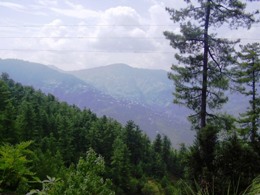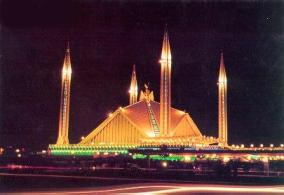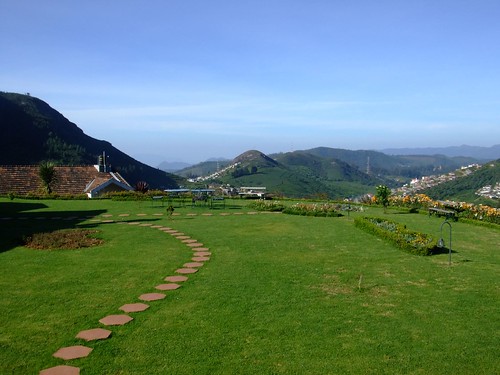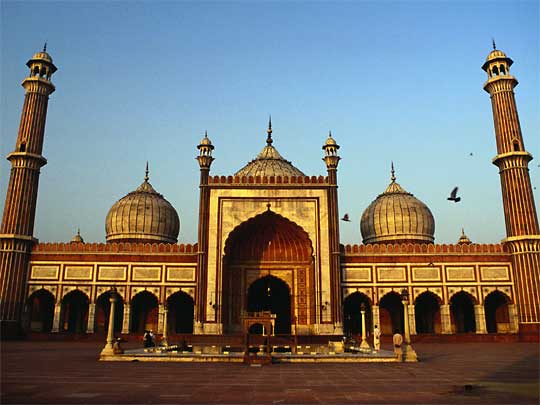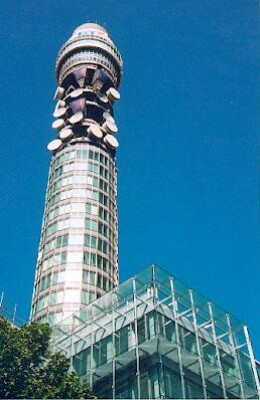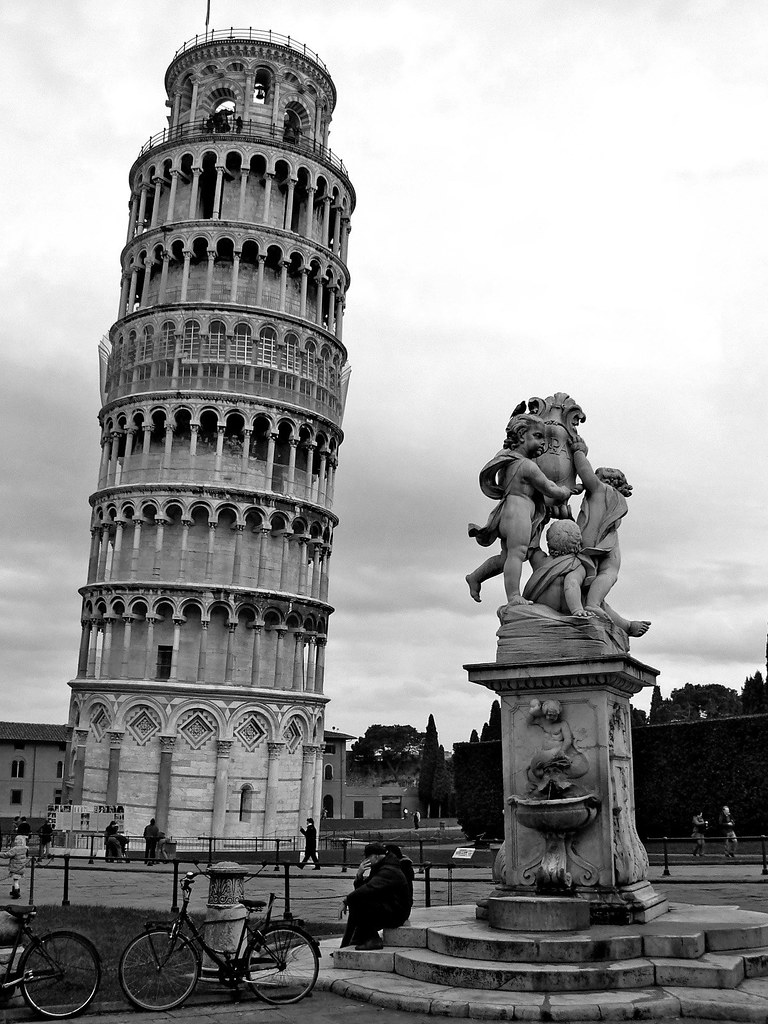 Hurghada, a beautiful resort destination on the Red Sea Coast of Egypt,Once upon a time, Hurghada was known as Ghardada and was a quite fishing village. The pleasant climate, excellent diving venues, sparkling clear water, shipwrecks, and coral reefs, have made Hurghada a popular holiday destination in Egypt.
Hurghada, a beautiful resort destination on the Red Sea Coast of Egypt,Once upon a time, Hurghada was known as Ghardada and was a quite fishing village. The pleasant climate, excellent diving venues, sparkling clear water, shipwrecks, and coral reefs, have made Hurghada a popular holiday destination in Egypt.Holiday in Hurghada
Water sports and Diving in Hurghada
Tourists can enjoy many water sports in Hurghada. These include swimming, windsurfing, sailing and deep-sea fishing. The most popular water sports here are snorkeling and scuba diving. Hurghada is famous as one of the world's best diving sites. The coral reefs and incredible varieties of fish seen in the warm waters of the Red Sea are truly breathtaking. Tourists can also view these natural wonders through glass-bottomed boats. Other attractions in Hurghada are the aquarium and museum with extensive collections of marine life. Hurghada has lots of attractions to offer a visitor. Tourists can travel on Red Sea Cruises or take safari tours of the nearby desert and mountains. Both camel safaris and jeep safaris are available. | |




